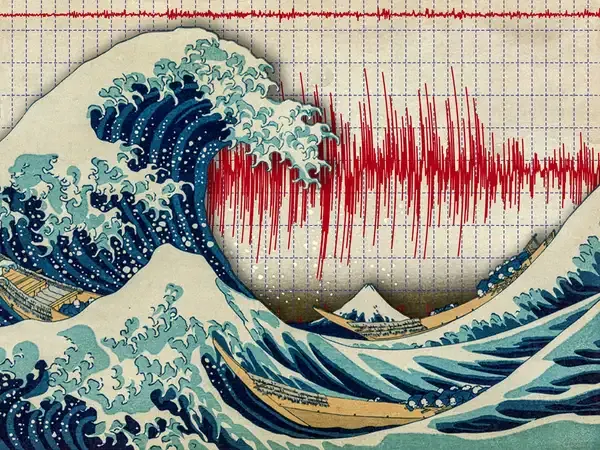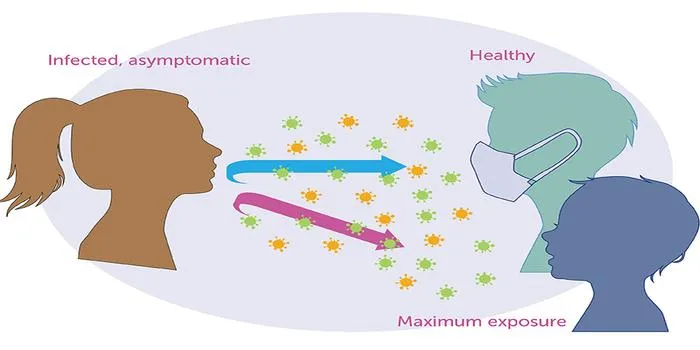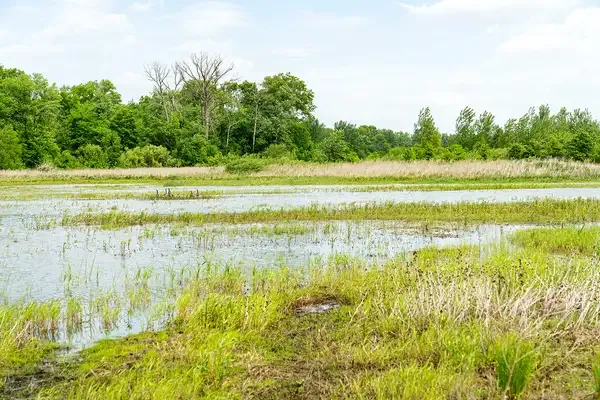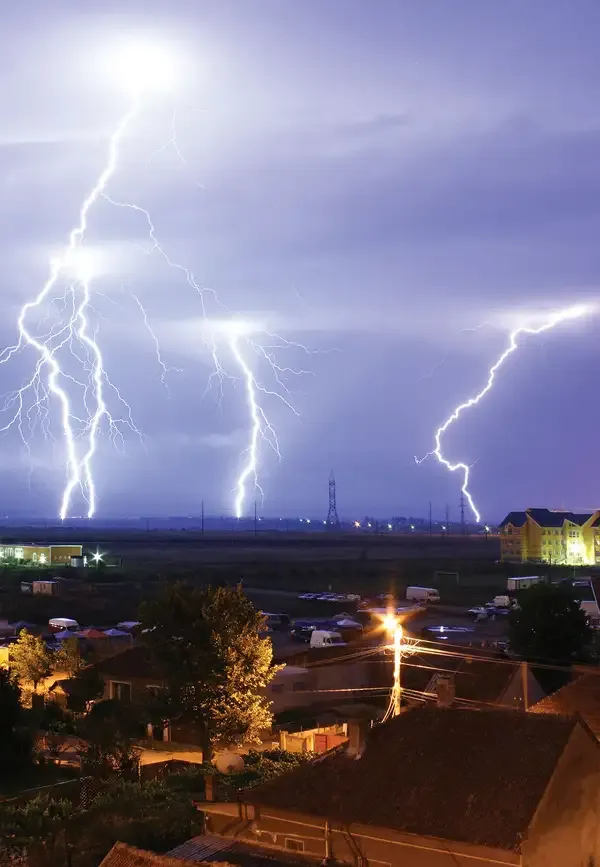- Home >
- Science
- > Innovation
How Do Scientists Predict Tsunamis After Earthquakes?
Scientists predict tsunamis after earthquakes by monitoring seismic activity and using underwater sensors to detect changes in sea level. They analyze data from seismographs to assess the earthquake’s magnitude and location, determining whether it has the potential to generate a tsunami. Computer models simulate wave propagation, helping to estimate arrival times and potential impact areas. Early warning systems then alert vulnerable regions, allowing for timely evacuations and preparations to mitigate the tsunami's effects.

Understanding Tsunami Prediction
Tsunami prediction is a critical aspect of disaster management, especially in regions prone to seismic activity. Scientists utilize a combination of technologies and methodologies to forecast the occurrence of tsunamis following earthquakes. Understanding how these predictions are made can help communities prepare and respond effectively.
Key Technologies in Tsunami Prediction
To predict tsunamis, scientists employ several advanced technologies, which include:
- Seismographs: These instruments detect and record seismic waves generated by earthquakes. The data collected helps determine the earthquake's magnitude, depth, and location, which are crucial for assessing tsunami risk.
- GPS Stations: Global Positioning System (GPS) technology is used to monitor ground movement. By analyzing shifts in land position, scientists can better understand tectonic activity that may lead to tsunamis.
- Buoy Systems: Tsunami buoys are deployed in oceans to measure changes in water pressure and wave height. These buoys provide real-time data that is essential for predicting tsunami formation and movement.
- Computer Models: Advanced computational models simulate tsunami propagation and behavior based on seismic data. These models help predict the tsunami's impact on coastal areas.
The Tsunami Warning System
The Tsunami Warning System is a network of ocean buoys, seismic stations, and satellite technology designed to detect tsunamis quickly. The system operates in several key steps:
- Earthquake Detection: When an earthquake occurs, seismographs record the event. If the earthquake is strong enough (usually a magnitude of 6.5 or greater), the system triggers further analysis.
- Data Analysis: Scientists analyze seismic data to determine if the quake is likely to generate a tsunami. Factors such as the earthquake's depth and location are considered.
- Tsunami Generation Assessment: If the earthquake meets specific criteria, scientists assess the potential for tsunami generation. This involves using computer models to predict wave behavior.
- Issuing Warnings: If a tsunami is expected, warnings are issued to affected regions. These warnings may include evacuation orders to ensure public safety.
Challenges in Tsunami Prediction
Despite advancements in technology, predicting tsunamis poses significant challenges:
- Complexity of Earthquake Behavior: Not all earthquakes lead to tsunamis, and the conditions that trigger a tsunami can be complex and varied.
- Time Constraints: Tsunamis can strike coastal areas within minutes of an earthquake, leaving limited time for warnings and evacuations.
- Geographic Variability: Different coastlines respond differently to tsunami waves, making it difficult to predict impacts accurately.
The Role of Education and Preparedness
In addition to scientific advancements, public education and preparedness are crucial in minimizing tsunami risks. Communities in at-risk areas should:
- Understand Warning Signs: Familiarize themselves with natural warning signs of tsunamis, such as rapid sea level changes or unusual ocean behavior.
- Develop Evacuation Plans: Establish clear evacuation routes and procedures to ensure swift action in case of a tsunami warning.
- Participate in Drills: Regularly participate in tsunami drills to practice response plans and improve community readiness.
Conclusion
Scientists employ a multi-faceted approach to predict tsunamis after earthquakes, utilizing a combination of technology, data analysis, and modeling. While challenges remain, ongoing advancements in the field enhance the accuracy of tsunami predictions. Equally important is the role of community education and preparedness in ensuring public safety. By understanding the science behind tsunami prediction and actively participating in preparedness efforts, communities can better protect themselves from this natural disaster.
Learn More About Tsunami Preparedness
For more information on tsunami preparedness and safety measures, visit reputable sources such as the National Oceanic and Atmospheric Administration (NOAA) and your local emergency management agency.












